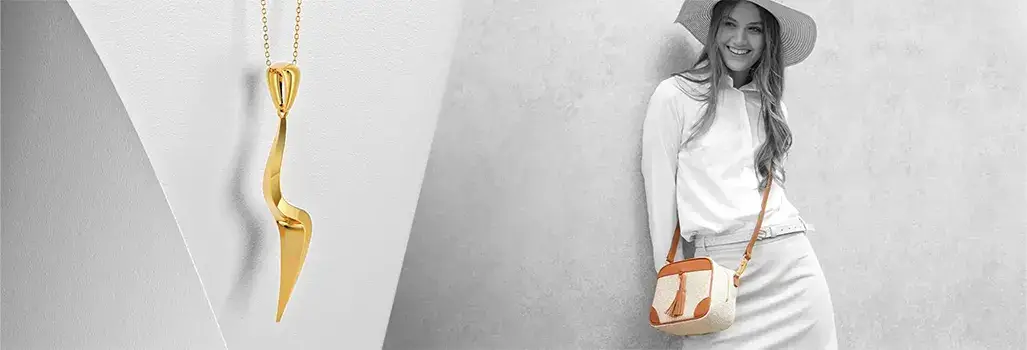In this article you will read:
Talking about leather brings the familiar smell of leather products and the picture of vernice and leather bags and shoes will come to mind very easily. Leather is a luxury good that has different types. In this EG article, we plan to discuss different types of leather so as to gain a better understnading of what leather is and why leather product are valuable.
When Did the People Begin Using Different Types of Leather
Leather is among the products that has been used from the old past. When an our ancestors got to know that by wrapping their hands and feet in animals’ skin, the thorns and stones wouldn’t hurt their body any more, they realized that animals’ skin can be the best tool to help them protect themselves. Gradually, the human became more familiar with the animals’ skin and could keep warm in cold nights by wearing sheepskins. Finally, the primitives learned how to change the skin to leather.
The tanning industry refers to thousands of years before Christ and Pakistan was one of the first Parts of the world that learned how to separate animal skin and flesh. After the Pakistanis, it was the Sumerians that put the skin on carriage wheels and fixed it by copper nails. They believed that tanning was a harmful work and worked in the suburbs due to the unpleasant smell that could be felt as a result of tanning.
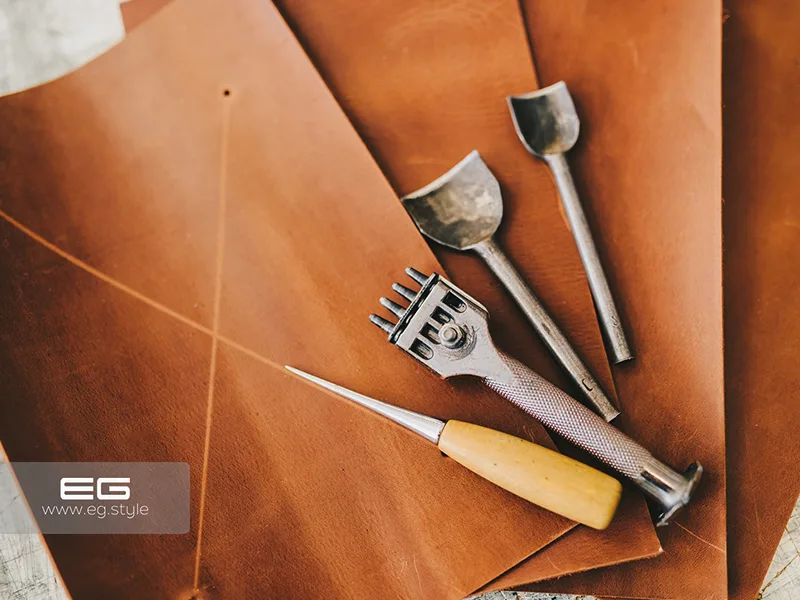
Which part of the skin are different types of leather made of?
Search studies on leather have indicated that animal skins consist of several layers, all of which can be used for producing leather, but we shouldn’t forget that these three layers don’t have the same quality and have different characteristics in terms of texture and durability. These three layers are as follows:
The outer skin layer, on which the hair grows
The thick middle layer
The greasy inner layer which is next to flesh
With regard to the features of each layer, different types of leather can be made of each of them and can be used in making bags, shoes, coats and even car wheel and sear covers. We will study different types of leather In the following.

What Are Different Types of Leather
EG studies in this case indicate that it is possible to categorize different types of leather in several ways. However, the main leather categorization that sounds familar to us all is dviding leather into synthetic and natural leather as the names show, the formeris unnatural and plastic-based while the latter is natural and based on animals’ skin. Synthetic leather is made with wax, polyarthan and colors, a new texture and color will be available that looks like leather. Although different types of natural leather are categorized in several groups, they all come from natural resources.
Another categorization of different types of natural leather is based on the layer of the animal skin
Full Grain Leather
Top Grain Leather
Split Grain Leather
Genuine Leather
Bonded Leather
What is Full Grain Leather
According to this categorization, «Full Grain Leather» is the outermost layer of the skin is the one on which animal’s hair grow. This layer results in the best type of leather and looks good even without getting polished or using sandpaper. On this layer, one can easily see scars, veins blood vessels, that can become a little pale through processing. This type of leather has high quality and undergoes a change in color through use and forms a patina over time that adds to its beauty. Since this type of leather is made from the first top layer of the skin, it has two important features of keeping warmth and driving moisture out in the form of vapor.
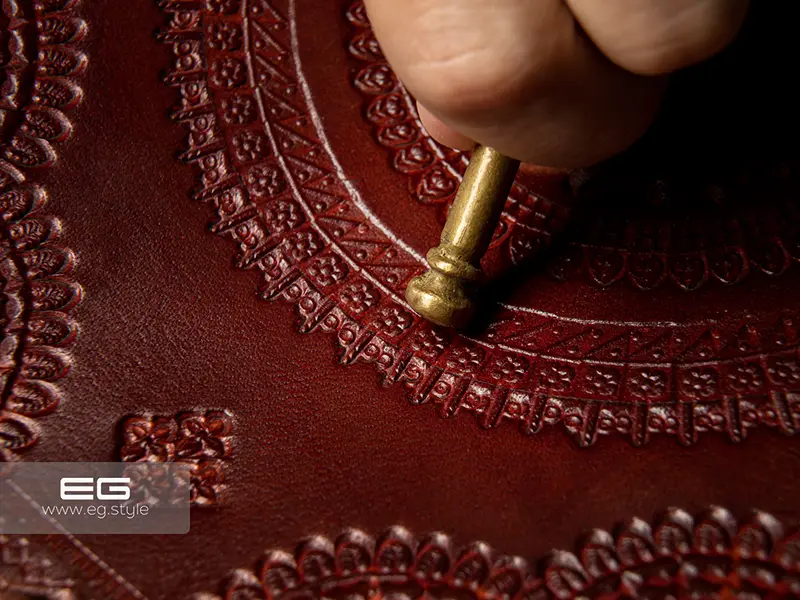
Top Grain Leather
Top Grain leather is made form the middle layer of animal skin. Unlike the full grain layer, there are no visible skin issues on this layer and there are no traces of spots, vessels, or glands. Top Grain layer is thinner than the full grain layer which makes the final leather less resistant.
Split Grain Leather
In order to produce Top Grain Leather, the upper part of the skin is used which is nearer to the animal flesh. This type of leather is usually used for products that are not exposed to serious pressure.
Genuine Leather
This type of leather takes the third place in terms of quality which is due to approaching the animal’s fat tissue. The layer is the most inner layer of the skin and there are no traces of skin issues can be seen. Different types of natural leather have rough appearances that look more natural after the polishing and dying. However, we should also take into account that this type of leather is of lower resistance and strength in comparison with other types of leather, as a result of which, it is not suitable for manufacturing bags.
Is Genuine Leather the Same as Natural Leather
The two words genuine and real are nearly the same; however, these two words don’t mean the same in case of leather. Real Leather is a type of leather that has the highest quality and is made of the animal’s raw skin. In other words, natural leather is the same as real leather but the term «Genuine Leather» refers to the quality of the leather. Therefore, Real leather is better than Genuine leather.
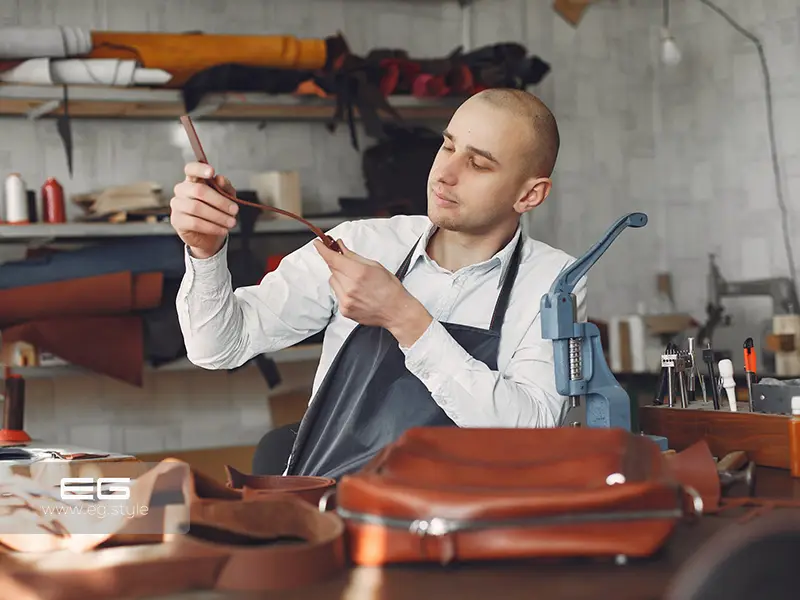
Bonded Leather
This type of leather is another type of leather that is also known as the revived leather and is the result of putting pieces of leather from a variety of types, together. As a result of combining several types of leather including shredded fibers and the animal skin waste and then mixing them with a solution like latex, there will be a dough that will be spread on a bottom layer.
Although this type of leather is really made of animal skin, it is not as strong as Top Grain or even Genuine leather. This type of leather is used in manufacturing parts that are not much in the view of every body.
Having reached a general view on leather, we suggest you don’t miss our article on «A Guide on Buying Leather Bags+ 10 Important Points Before Making a Purchase».
Different Types of Leather Based on Type of Tanning
Until this part of the article, we discussed categorizing different types of natural leather based on quality and layers of the animal’s skin. Another categorization of different types of leather is based on the type of tanning and polishing the skin.
It was already said in the same article that the background of tanning refers to thousands of years before Christ and with regard to the fact that none of today’s facilities existed then, tanning was done in different ways. Tanning based on fat, tanning with herbs, and tanning with minerals.
After the primitive human got to know the necessity of tanning a few hours after hunting the animal, he tested several ways for tanning. The first method, was by rubbing fat, then using the tree skin or Arabic gum. The main problem of this process was its slow pace. The Egyptians on the other hand had different methods. They used Mazo essence that is now known as gallic acid, that was naturally found in the leaves and skin of the tree, sesame oil or mineral alum. Finally in 1884, chrome tanning replaced herbal methods.
As new mechanized methods entered the tanning industry, new types of leather came to the market, each of which was different from the other. As a result of progress in leather industry, different types of leather are produced with different finishes, each of which are suitable for a special purpose such as the autumnal style. Different types of leather based on the tanning process are as follows:
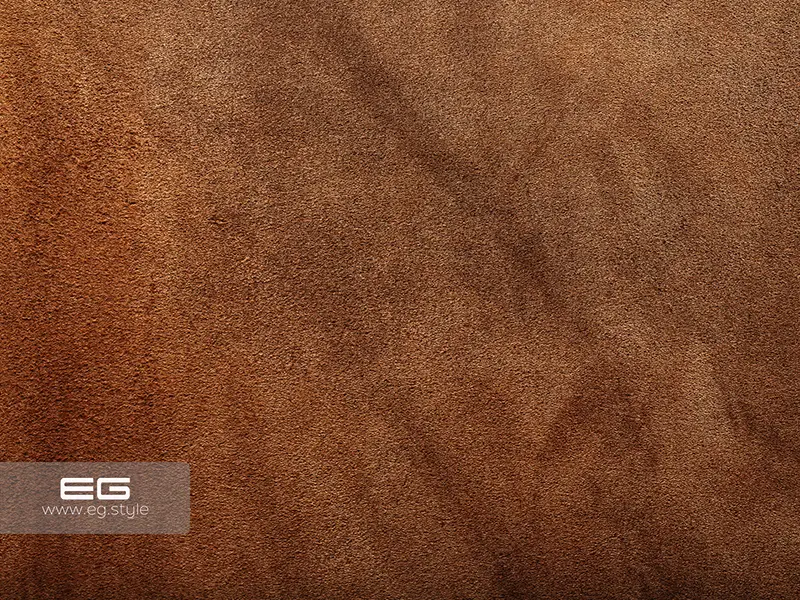
Nabuk LeatherNubuck leather is also known as the miniature leather and is made of improved leather before polishing. The surface of this type of leather is soft and velvet-like, and is very similar to suede or Ashbalt leather, yet the only weak point that can be associated with nubuck leather is its vulnerability.
Horse Leather: This type of leather is produced by waxing the surface of Full Grain leather before it is polished, and the result is a velvet-like surface.
Ashbalt leather is found in both natural and synthetic types. It is not waterproof, and as a result of contact with water, there will be a trace of stains left on it. Ashbalt leather is very similar to suede but is of lower quality.
Elegant Leather: This type of leather is made of the skin of animals such as goats and cows, and since it is made of the higher layers of the skin, it is naturally more expensive. This type of leather is soft and flexible and looks better overtime.
Through the tanning process of the Flutter leather, the leather will be slept on, in a special chemical solution for 24 hours and the result will be smooth, soft, yet resistant leather.
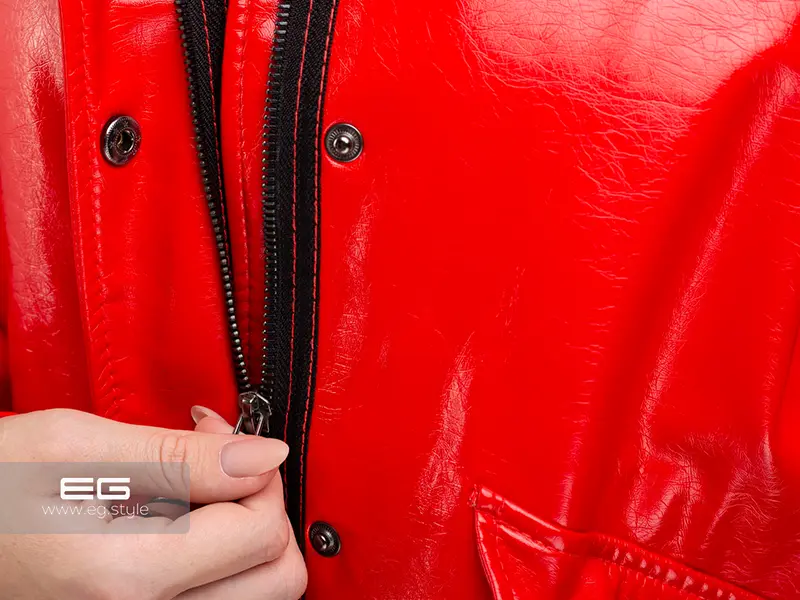
Vernice Leather: This type of leather looks different and attractive, which is the result of adding special type of lac to the surface of the leather.
Napa Leather: This type of leather is among the products made with Full Grain Leather and since it has been tanned with chrome, it has elastic properties.
Suede: Different types of leather are made with the innermost layer of the skin, which is actually the last layer and thus is not of a high quality,
Sharang Leather is a type of leather made from the cowhide that has a natural texture, and unlike other types of leather like ashbalt or suede, doesn’t have a fluffy texture. The shapes and pattens on this type of leather look like large grains that are printed on the surface of the leather.
Milling leather looks like different types of suede and Ashbalt leather, yet unlike suede and ashbalt that have two fluffy sides, its fluffy only on one side.
Which Animals’ Skin Can Be Used for Making Leather
It was already mentioned that in order to make natural leather, producers will use animals’ skin and if they plan to produce synthetic leather, they will use plastic and produce different types of leather with different finishes. When it comes to leather, people usually think of cowhide or sheep and goat skin. In line with the progress in energy, producers make leather from all animals’ skins, even turtle.
Lamb Skin
This type of leather is made of lamb skin which is much thinner and should be tanned carefully. This type of leather is very soft in the beginning, and becomes softer overtime, too. Many famous brands use this type of leather to produce products that are frequently touched.

Deer Skin Leather
Deer leather is produced a lot less than other types of leather and is a luxury, expensive product. Although the tanning process of this type of leather is hard, the product will last for a long time, if it is taken care of carefully.
Goat Skin
About 9% of the leather produced all over the world is formed by the goat leather. Different types of leather have different uses and a substance called Adenoline that exists in the sheep skin naturally leads to the flexibility of this type of leather. As a result, not only will the leather last longer, but also the final product will be waterproof. The final product of the tanning process will be light and breathable. This type of leather is used for making leather clothes and even book cover.
Conclusion of Different Types of Leather
In this article, we talked about different types of leather and after a short history of different uses of leather for the primitive man, we discussed different types of leather that are made from different layers of the animals’ skin. Next, we focused on the final products of the tanning process and mentioned that though they are all called leather, they look different. In the end of the article, we discussed the skins of some animals that are used for making leather, among which cowhide and sheep skin are the most frequent ones.
